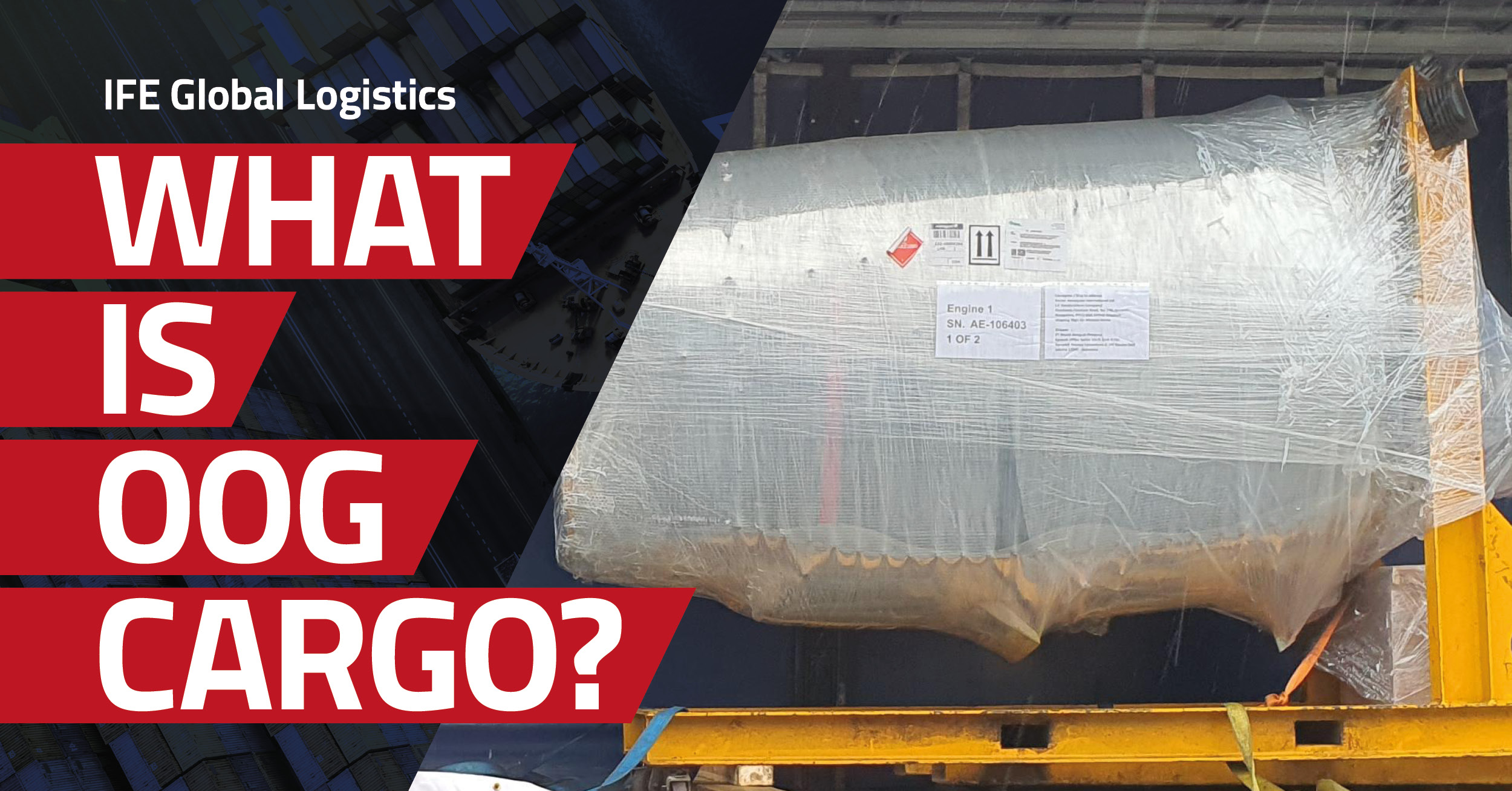
We have the global resources to ship your project / OOG cargo safely and securely around the world.
Project cargo comes in all shapes and sizes, with a wide range of logistical requirements, and hence requires the assistance of a specialised project cargo team. Our knowledge and experience are well-suited to handle your infrastructure, power generation, oil and gas, or other projects or specialised cargo operations. We have the equipment and infrastructure to handle and support all of your project cargo needs worldwide, including Out of Gauge (OOG) cargo.
Some of our varied commissions include:
- Buses to Africa and the Mediterranean
- Historic cannon to Malta
- Complete factories to the Indian sub continent
- Parts from the vessel breaking yards in Gujarat.
- Shop fittings from Italy to the Middle East and Caribbean
- Out of gauge machines from the Far East to the Middle East
- Hammocks from India to Japan.
So, what is OOG Cargo?
Out of Gauge (OOG) cargo is any cargo that cannot be loaded into six-sided shipping containers due to dimensions that exceed the maximum 40HC container dimensions. That is a length greater than 12.05 metres, a width greater than 2.33 metres, or a height greater than 2.59 metres.
Things you Need to Know
We recommend that you supply as much information as possible as soon as possible. Origin, destination, commodity, and term of transport are all good places to start. If you can supply any more information, that’s even better – such as the origin and destination parties’ handling capabilities, site constraints, site access, cargo sensitivity, and whether cranes will be required.

OOG Container Types and Transport
There will be a number of factors, including urgency, cargo size, budget, origin and destination, that will determine which service is appropriate for OOG and project cargo. So, what are the options?
- Open Top & Flat Rack Containers – This type of equipment is suitable for awkward, over-dimensional freight because it may be loaded from the side or top.
- RORO Services – Where freight may be driven, RORO or Roll-On Roll-Off services are ideal. The vessel has multiple moveable decks to accommodate cargo of various sizes, ranging from a new Toyota (ex-Japan) to a Turbine for a Power Station (ex. Germany). When the vessel docks, its ramp extends, allowing cargo to be pushed or hauled from or into the stow.
- Vessel Charter – When cargo volume allows, a full vessel charter is the most cost-effective way to move large amounts of non-containerised cargo. These vessels have fixed cranes and can discharge cargo from the vessel stow.
- Aircraft Charter – When cargo moves are time sensitive, full aircraft charters can transport large amounts in a matter of days.
Contact our expert team
A trusted name in Global Logistics.
Basildon Office: (Head Office): 13 Bentalls Business Park, Bentalls, Basildon, Essex SS14 3BN
T: +44 (0)1268 286999
E: team@ifeglobal.uk
London Office: Unit 5, Maple Grove Business Centre, Lawrence Road, Hounslow, TW4 6DR
T: +44 (0)1753 684 320 E: London@ifeglobal.uk
